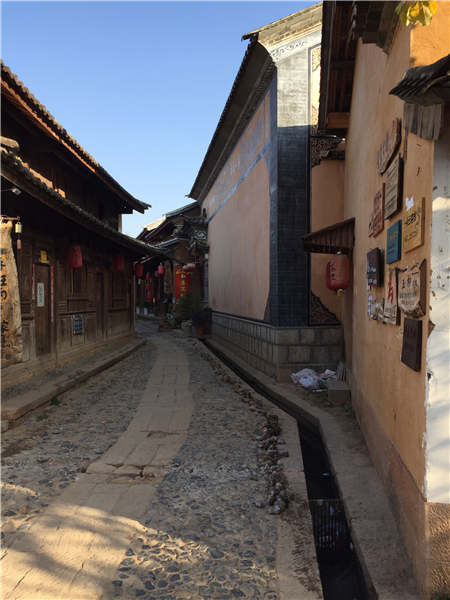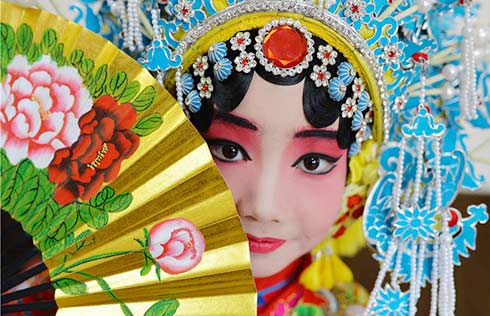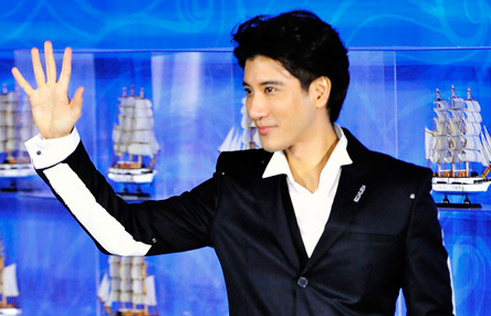A slice of ancient folk culture
By Yang Feiyue ( China Daily ) Updated: 2016-01-30 07:23:32
 |
|
Shaxi's ancient buildings and street |
Since then, the Swiss Federal Institute of Technology in Zurich has pitched in and worked on the restoration of ancient local buildings.
The efforts have paid off as the restoration now makes the township look like a living museum, reflecting life along the ancient Tea-Horse Road.
The structures featuring red wooden doors and walls and roofs paved with grey tiles from the Ming Dynasty (1368-1644) and Qing Dynasty (1644-1911) are spread in Shaxi.
"The restored buildings are all public property and for the benefit of the public who visit and savor their ancient characteristics," says Pu.
During my one-day stay at Shaxi, the only modern element I saw in the township were some neat-looking boutique hotels and bars with English-Chinese logos and menus, similar to those in Beijing's Nanluoguxiang area.
But unlike the Beijing spot, the inns are thin on the ground.
Pu says that people from across the country, mainly Shanghai, Beijing and Sichuan, have come to set up shop there, mainly small hotels and bars.
But they are mostly found in villages surrounding Shaxi, especially along Sideng Street, so local folk elements and culture are not interfered with, says Pu.
To date, there are roughly 200 such private inns.
Zhou Xiaofen from Taiwan was the first to open a small private inn - 58 Yard - in 2008. Her inn is one of the very few that sit on Sideng Street.
Zhou was drawn to Shaxi by the locals' unsophistication and friendliness.
|
|
|
|
|
|
|
|

























 Raymond Zhou:
Raymond Zhou: Pauline D Loh:
Pauline D Loh: Hot Pot
Hot Pot Eco China
Eco China China Dream
China Dream China Face
China Face






